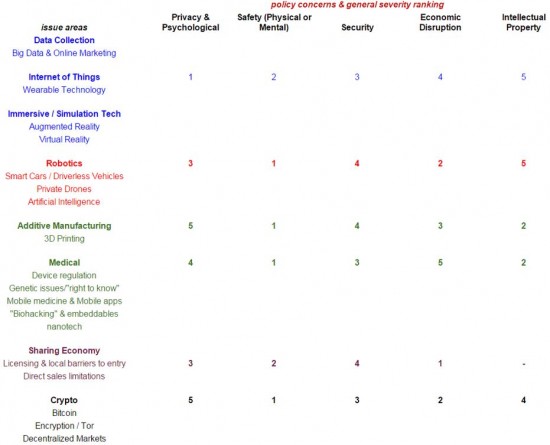This Wednesday, TechFreedom joined Niskanen Center and a coalition of free market groups in urging the White House to endorse the use of strong encryption and disavow efforts to intentionally weaken encryption, whether by installing “back doors,” “front doors,” or any security vulnerabilities into encryption products.
The coalition letter concludes:
We urge your Administration to consider the full ramifications of weakening or limiting encryption. There is no such thing as a backdoor that only the US government can access: any attempt to weaken encryption means making users more vulnerable to malicious hackers, identity thieves, and repressive governments. America must stand for the right to encryption — it is nothing less than the Second Amendment for the Internet.
“The White House’s silence on encryption is deafening,” said Tom Struble, Policy Counsel at TechFreedom. “The President’s hitherto failure to endorse strong encryption has given ammunition to European regulators seeking to restrict cross-border data flows and require that data on EU citizens be stored in their own countries. Just yesterday, the European Court of Justice struck down a longstanding agreement that made it easier for Europeans to access American Internet services. If the White House continues to dawdle, it will only further embolden ‘digital protectionism’ across the pond.”
The letter’s signatories include: Niskanen Center, TechFreedom, FreedomWorks, R Street Institute, Students For Liberty, Citizen Outreach, Downsize DC, Institute for Policy Innovation, Less Government, Center for Financial Privacy and Human Rights, and American Commitment.




 The Technology Liberation Front is the tech policy blog dedicated to keeping politicians' hands off the 'net and everything else related to technology.
The Technology Liberation Front is the tech policy blog dedicated to keeping politicians' hands off the 'net and everything else related to technology.